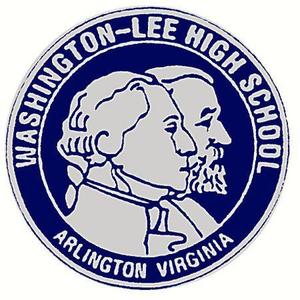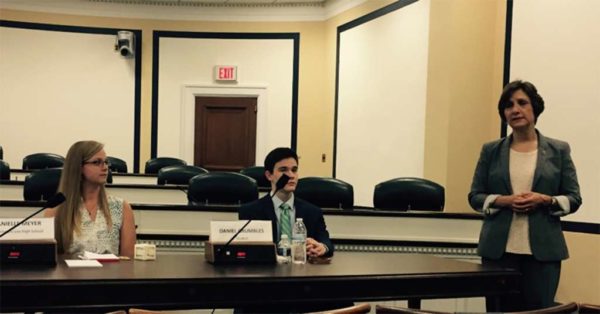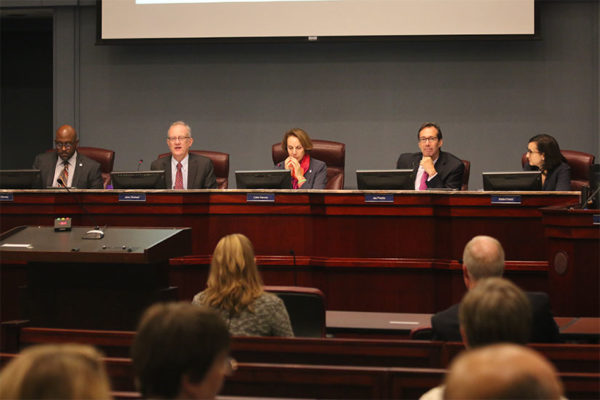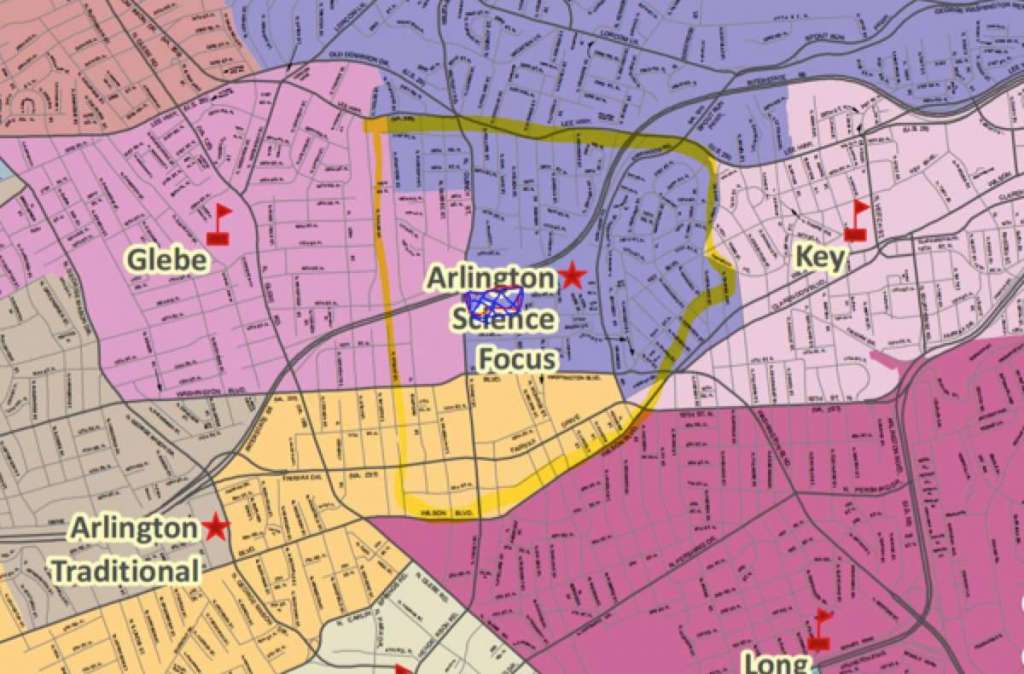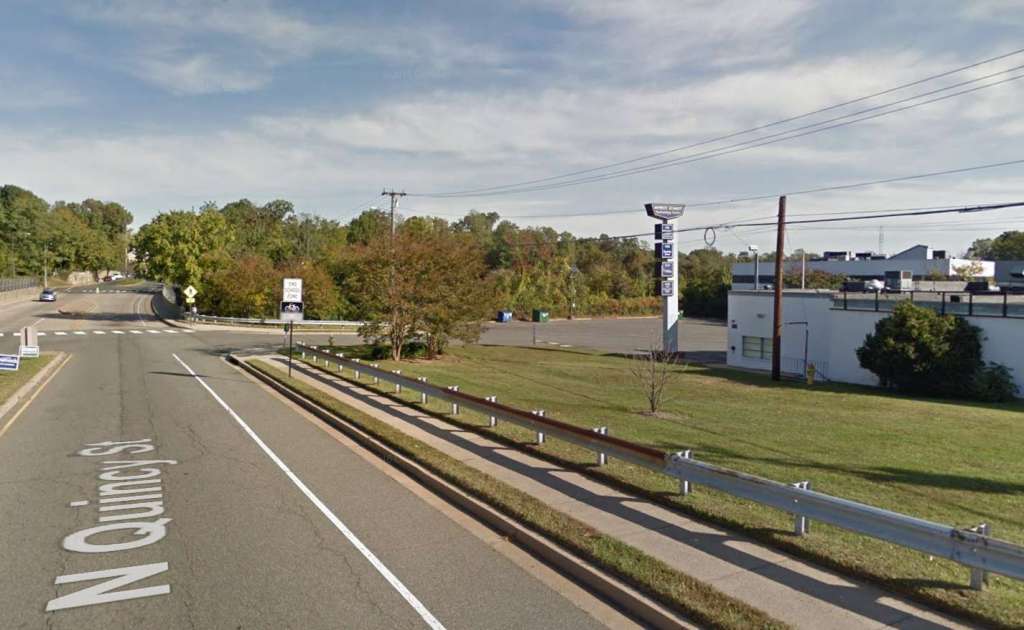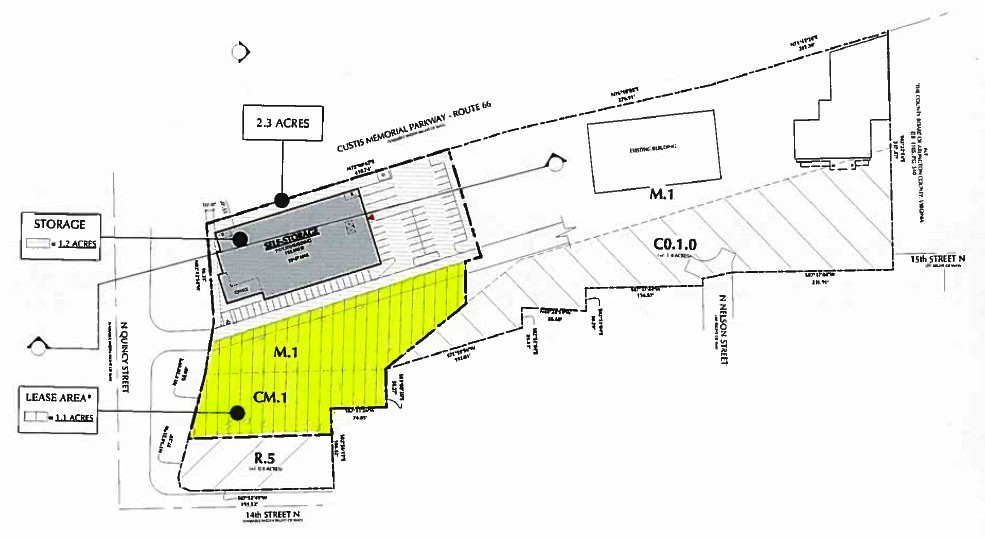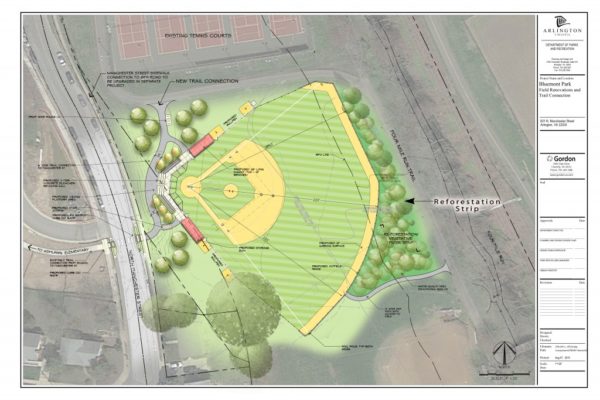 The following letter was sent to ARLnow.com by Janet R., a Lyon Village resident, in response to our latest Pet of the Week post.
The following letter was sent to ARLnow.com by Janet R., a Lyon Village resident, in response to our latest Pet of the Week post.
The post noted that Sophie, a black lab mix, loves to “swim, run, jump, get tummy rubs, play with tennis balls, obsessively lick stuff, stalk squirrels, bark at strangers and watch Bravo with mom.”
I wish you would not encourage the “I bark at strangers” thing in your Pet of the Week.
Please encourage lawful behavior and non threatening behaviors.
- “I poop on stranger’s lawns and my owner doesn’t clean it up.”
- “I run free off leash and taunt young kids who might also have fears (but me and my owner don’t care). (Playgrounds are nicer than dog parks!)”
- “I bark incessantly whenever my owner leaves me at home, so our neighbors no longer are on speaking terms because they miss using their porch/open windows in peace.”
- “Whenever my owner does feel compelled to clean up after me, she leaves the half closed bag in a neighbor’s trash bin (especially those elderly neighbors who leave their trash bins out longer).”
- “I especially love the long extended leash on crowded sidewalks. My owner and I think it’s okay to trip elderly with this, because I like to feel free. I’m an explorer!”
Seriously, all of these things have happened to me in Arlington County, and sadly, I could go on and on.
You need to try to HELP this situation, not hurt it. Please remind dog owners that the right of pet ownership comes with serious responsibilities. Especially to their neighbors. As our neighborhood association writes in every newsletter, this is difficult to enforce, but is an increasing problem. (Check out the exponential growth in dog ownership).
Rescue the neighbors of poorly trained dog owners!!! You play a role here, Arlington Now.
Leash and under control. Clean up poop and use own trash can. Control barking. You never know what crises your neighbors may be dealing with on their own. Show compassion for humans, too.
ARLnow.com occasionally publishes letters about issues of local interest. To submit your thoughts for consideration, please email [email protected]. Letters may be edited for content and brevity.


